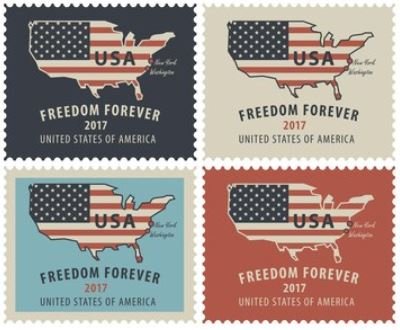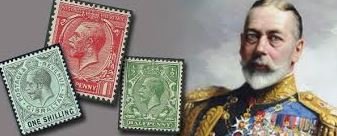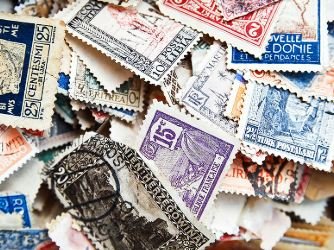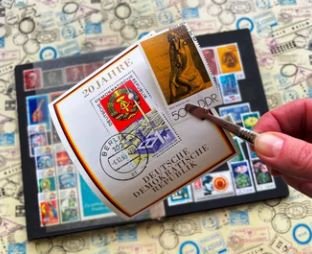The history of US postage stamps is a fascinating journey through time, reflecting the cultural, political, and technological developments of the United States. From the earliest stamps to the modern collectible pieces, the history of US postage stamps reveals many milestones, as well as some common misconceptions that collectors and historians alike often encounter. Whether you are a seasoned stamp collector or a newcomer to philately, understanding the rich history behind these stamps is essential for appreciating their significance and avoiding costly errors.
In this article, we will delve into the history of US postage stamps, highlighting some of the most significant milestones in stamp production, design, and usage. We’ll also explore the common misconceptions that arise in the world of stamp collecting, and how to avoid these pitfalls to ensure you get the most out of your collection.
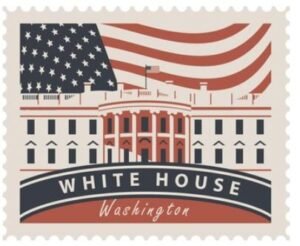
The Birth of US Postage Stamps: Early Milestones
The history of US postage stamps began in 1847, with the issuance of the first official postage stamps by the United States Postal Service (USPS). Prior to this, postage was paid through various methods, such as pre-paid postage receipts or stamps issued by private companies. However, as the US population grew and mail volumes increased, a more standardized system was needed.
The first stamps were issued on July 1, 1847. These early stamps featured portraits of George Washington and Benjamin Franklin, two prominent figures in American history. Washington’s portrait appeared on the five-cent stamp, while Franklin’s likeness was placed on the ten-cent stamp. These stamps were engraved, and their design reflected the political importance of these two figures during the formation of the United States.
The history of US postage stamps continued to evolve, with new designs introduced as the country expanded. In 1851, the USPS released the first series of postage stamps that featured a range of prominent American figures and symbols. This was a significant milestone, as it marked the beginning of the series-based design, where different denominations of stamps carried different designs.
Revolutionary Design Changes and Iconic Stamps
One of the most fascinating aspects of the history of US postage stamps is the constant evolution of their designs. As the United States underwent social and political changes, the designs of stamps often reflected these shifts. For example, stamps commemorating important historical events such as the Civil War or the World Wars were frequently issued, celebrating the accomplishments of the nation during these turbulent times.
A major turning point in the history of US postage stamps came in 1922 with the introduction of the “Prominent Americans” series, which featured prominent figures from American history. Some of the most famous stamps in this series include those of Alexander Hamilton and Abraham Lincoln. These stamps marked a new era of commemorative stamp issues, as stamps were no longer just a means of facilitating mail delivery but also a way to honor important figures and milestones in American history.
Another iconic series in the history of US postage stamps is the Inverted Jenny, issued in 1918. This error stamp, featuring a picture of an airplane, was mistakenly printed with the airplane inverted. Only 100 of these stamps were printed, making them one of the most famous and valuable stamps in the world. The Inverted Jenny is a classic example of how design errors, while initially seen as mistakes, can contribute to the historical and financial value of a stamp.
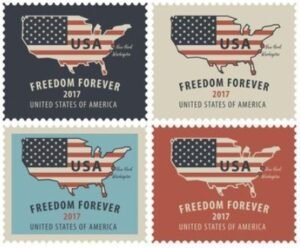
The Rise of Commemorative Stamps
The concept of commemorative stamps grew significantly in the 1930s, with stamps issued to celebrate anniversaries, important national figures, and events. The history of US postage stamps in this period reflects a growing recognition of the role stamps play in national identity and pride.
One such commemorative issue was the 1932 Washington Bicentennial stamps, which celebrated George Washington’s 200th birthday. These stamps featured portraits of Washington and were printed in a variety of denominations. This series marked a turning point in the focus of US postage stamps, as they moved from simply being functional to becoming symbols of national heritage.
Commemorative stamps continued to be an essential part of the history of US postage stamps, and today, they are one of the most widely collected types of stamps. From the famous “Moon Landing” stamps in 1969 to those honoring civil rights leaders like Martin Luther King Jr., commemorative stamps have become a vital part of American postal history.
Misconceptions in the History of US Postage Stamps
While the history of US postage stamps is rich with fascinating designs and events, there are many common misconceptions that both new and experienced collectors can fall victim to. Understanding these misconceptions can help you avoid costly mistakes when building your collection.
1. “All Stamps Increase in Value Over Time”
One of the most persistent myths in the world of stamp collecting is the idea that all stamps will eventually increase in value. While some stamps, such as the Inverted Jenny or early issues from the 19th century, are valuable, most stamps do not appreciate over time. The value of stamps is largely dependent on factors such as rarity, condition, and historical significance, not just age.
2. “Error Stamps Are Always Valuable”
While stamps with printing errors, such as the Inverted Jenny, are highly sought after by collectors, not all error stamps are valuable. Many errors are relatively common, and unless they are rare or significant in the context of postal history, they may not carry much value. Always research the specific stamp and error before assuming it will be a lucrative addition to your collection.
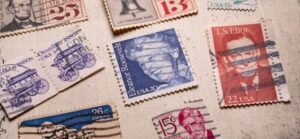
3. “Postage Stamps Are Only Valuable in Mint Condition”
While mint-condition stamps are often more valuable, it’s important to remember that stamps can still hold significant value even if they are used. For example, certain historical stamps with postmarks from important events or locations may be worth more than a pristine mint stamp. The condition of a stamp is essential, but it’s not the only factor determining its worth.
4. “Rare Stamps Are Only Found in Old Albums”
It’s easy to assume that rare stamps are found exclusively in old collections, but that’s not the case. Rare stamps can be discovered through various means, such as estate sales, auctions, and even online platforms. The history of US postage stamps is ongoing, and discoveries are made all the time. Never discount the possibility of finding valuable stamps outside of traditional collections.
Modern Collecting and the Future of US Postage Stamps
The history of US postage stamps is far from over. As we move further into the digital age, the role of stamps in communication has diminished, but their importance in the world of collectibles has only increased. Today, the USPS continues to issue new stamps each year, commemorating important events, anniversaries, and cultural milestones. The modern era of stamp collecting is characterized by specialized collections, with collectors focusing on everything from the “Legends of Hollywood” series to the “Black Heritage” stamp series.
As the history of US postage stamps continues to unfold, there are likely to be new and exciting developments in stamp design and production. Collectors will always be on the lookout for rare and limited-edition stamps, which are sure to hold their place in the world of collectibles.
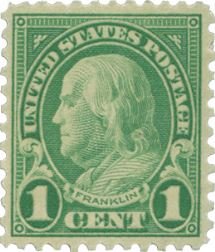
Conclusion
The history of US postage stamps is rich with milestones and fascinating stories, from the first stamps issued in 1847 to the modern commemorative series. While there are many aspects of the history of these stamps that collectors can explore, it’s equally important to be aware of the common misconceptions that can lead to costly errors in stamp collecting.
By understanding the historical context of US postage stamps and learning how to distinguish between valuable items and common misconceptions, you can become a more informed and successful collector. Whether you are just beginning your collection or are a seasoned philatelist, the history of US postage stamps provides endless opportunities for discovery and appreciation.

